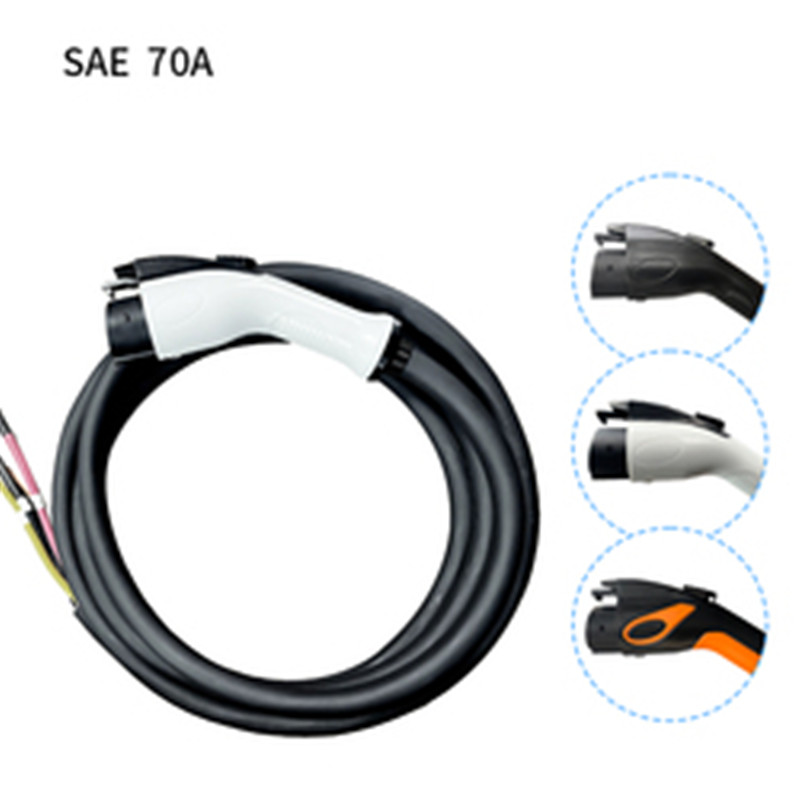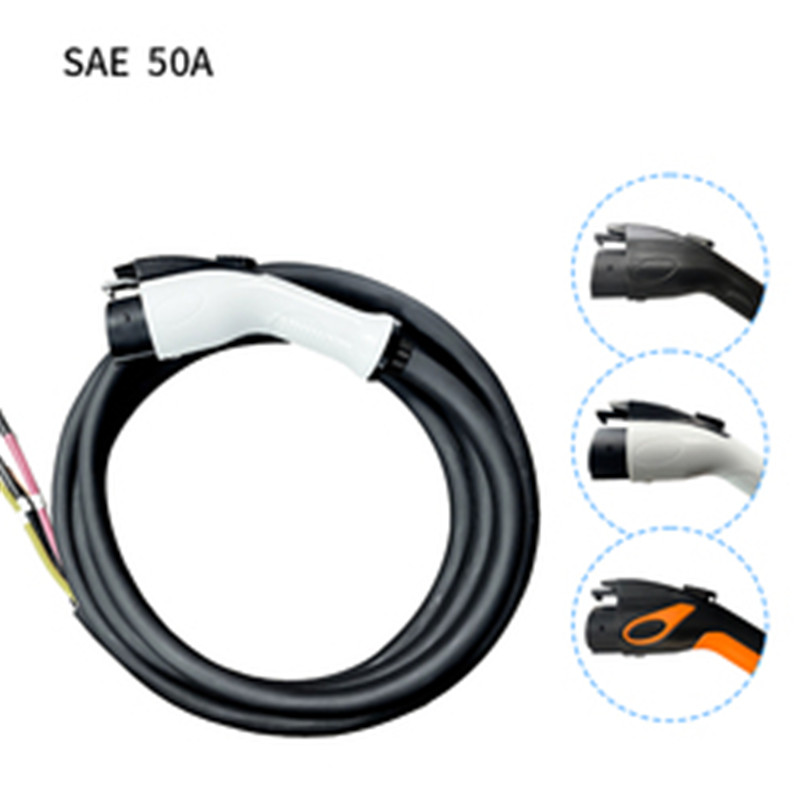
products
Type 1 wholesale j1772 charging plug ev charger plug
| Rated Current | 16A, 32A, 40A, 50A,70A, 80A |
| Operation Voltage | AC 120V / AC 240V |
| Insulation Resistance | >1000MΩ(DC 500V) |
| Withstand Voltage | 2000V |
| Contact Resistance | 0.5mΩ Max |
| Terminal Temperature Rise | <50K |
| Operating Temperature | -30°C~+50°C |
| Coupled Insertion Force | >45N<80N |
| Impact Insertion Force | >300N |
| Waterproof Degree | IP55 |
| Flame Retardant Grade | UL94 V-0 |
| Certification | TUV,CE Approved |




6 Amp or 32 Amp Charging Cable: What’s the difference?
As there are different chargers for different smartphones so similarly there are different charging cables and plug types for different electric vehicles. There are specific factors that matter when picking the right EV charging cable such as power and amps. The amperage rating is crucial for determining the charging time of the EV; the higher the Amps, the shorter will be the charging time.
Difference between 16 amp and 32 amp charging cables:
Standard power output levels of regular public charging stations are 3.6kW and 7.2kW which will correspond to the 16 Amp or 32 Amp supply. A 32 amp charging cable will be thicker and heavier than a 16 amp charging cable. It is important though the charging cable should be picked according to the type of the car because apart from the power supply and amperage other factors will include the charging time of the EV are; make and model of the car, size of the charger, battery’s capacity and size of the EV charging cable.
For instance, an electric vehicle whose onboard charger has the capacity of 3.6kW, will only accept current up to 16 Amp and even if a 32 Amp charging cable is used and plugged into a 7.2kW charging point, the charging rate won’t be increased; neither it will reduce the charging time. A 3.6kW charger will take almost 7 hours to get fully charged with a 16 Amp charging cable.
-

E-mail
-

Whatsapp
-

Top
















